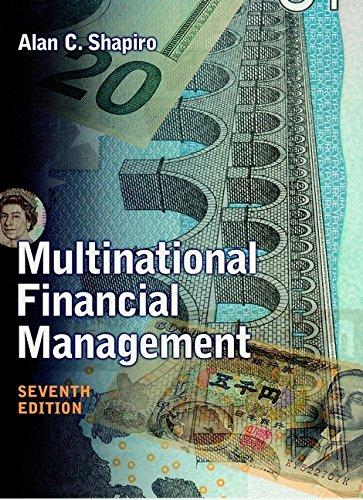Answered step by step
Verified Expert Solution
Question
1 Approved Answer
please fill in all blanks including ones that are done Suppose that Sam is 35 years old and has no retirement savings. He wants to




please fill in all blanks including ones that are done
Suppose that Sam is 35 years old and has no retirement savings. He wants to begin saving for retirement, with the first payment coming one year from now. He can save $20,000 per year and will invest that amount in the stock market, where it is expected to yield an average annual return of 5.00% return. Assume that this rate will be constant for the rest of his's life. In short, this scenario fits all the criteria of an ordinary annuity. Sam would like to calculate how much money he will have at age 60 . Use the following table to indicate which values you should enter on your financial calculator. For example, if you are using the value of 1 for N, use the selection list above N in the table to select that value. Using a financial calculator yields a future value of this ordinary annuity to be approximately at age 60. Sam would now like to calculate how much money he will have at age 65 . Use the following table to indicate which values you should enter on your financial calculator. For example, if you are using the value of 1 for N, use the selection list above N in the table to select that value. Use the following table to indicate which values you should enter on your financial calculator. For example, if you are using the value of 1 for N, use the selection list above N in the table to select that value. Using a financial calculator, you can calculate that Sam can withdraw at the end of each year after retirement at age 65 , assuming a fixed withdrawal each year and $0 remaining at the end of his life. Using a financial calculator yields a future value of this ordinary annuity to be approximately at age 65 . Sam expects to live for another 30 years if he retires at age 60 , with the same expected percent return on investments in the stock market. He would like to calculate how much he can withdraw at the end of each year after retirement. Use the following table to indicate which values you should enter on your financial calculator in order to solve for PMT in this scenario. For example, if you are using the value of 1 for N, use the selection list above N in the table to select that value. Using a financial calculator, you can calculate that Sam can withdraw at the end of each year after retirement (assuming retirement at age 60 ), assuming a fixed withdrawal each year and $0 remaining at the end of his life. Sam expects to live for another 25 years if he retires at age 65 , with the same expected percent return on investments in the stock market. Now it's time for you to practice what you've learned. Suppose that Sam is 35 years old and has no retirement savings. He wants to begin saving for retirement, with the first payment coming one ye from now. He can save $8,000 per year and will invest that amount in the stock market, where it is expected to yield an average annual return 8.00% return. Assume that this rate will be constant for the rest of his's life. Sam would like to calculate how much money he will have at age 60 . Using a financial calculator yields a future value of this ordinary annuity to be approximately at age 60 . Sam would now like to calculate how much money he will have at age 65 . Using a financial calculator yields a future value of this ordinary annuity to be approximately at age 65 . Sam expects to live for another 30 years if he retires at age 60 , with the same expected percent return on investments in the stock market. Using a financial calculator, you can calculate that Sam can withdraw at the end of each year after retirement (assuming retirement at age 60), assuming a fixed withdrawal each year and $0 remaining at the end of his life. Sam expects to live for another 25 years if he retires at age 65 , with the same expected percent return on investments in the stock market. Using a financial calculator, you can calculate that Sam can withdraw at the end of each year after retirement at age 65 , assuming a fixed withdrawal each year and $0 remaining at the end of hiseStep by Step Solution
There are 3 Steps involved in it
Step: 1

Get Instant Access to Expert-Tailored Solutions
See step-by-step solutions with expert insights and AI powered tools for academic success
Step: 2

Step: 3

Ace Your Homework with AI
Get the answers you need in no time with our AI-driven, step-by-step assistance
Get Started


